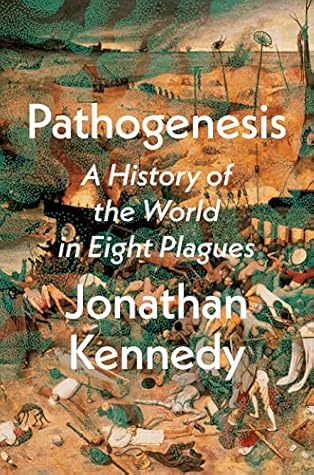The medical faculty of the University of Paris, the most prestigious learning institution in Europe, argued that the devastation was the result of a malign conjunction of Saturn, Jupiter and Mars that occurred at 1 p.m. on 20 March 1345. This accorded with the idea that the plague was the will of God, as stars were believed to be the instruments through which His will became reality on earth.
This closely mirros the understanding Greeks had of the "natural world". Plato believed in a geometric comos whereby everything (earth, moon, starts, etc.) were all perefectly shapped and moved within perfectly circular progression around one another.
Aristotle, a student of Plato, added to this idea by stating that alignment or balanced needed to be maintained in the cosmos - if unbalanced, then certain phenomenon would occur. For example, Earth itself madeup the core of the cosmos. Water and air created the second and third layers. Fire was thought of being above the air and above the fire were the starts, moons, and other planets. With this thought process, a volcanoe could ne explained by the Earth becoming too hot and therefor fire rose to reach its domain. A tsunami could be explained by water being too warm and having to move toward a cooler place, such as the soil.
The medical professionals in Paris, likely being educated by manuscripts from ancien Greece times, took this understanding of the natural world and appplied the concept of "balance" in the cosmos for directly effecting Earth itself.
While it seems silly to think of the celestial bodies being the cause of strife, to ancient and medieval people, this idea of balance was observable in their own world and would feel like a practical (or logical) explanation.


